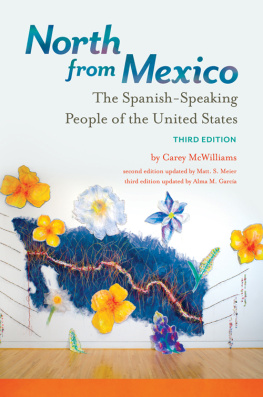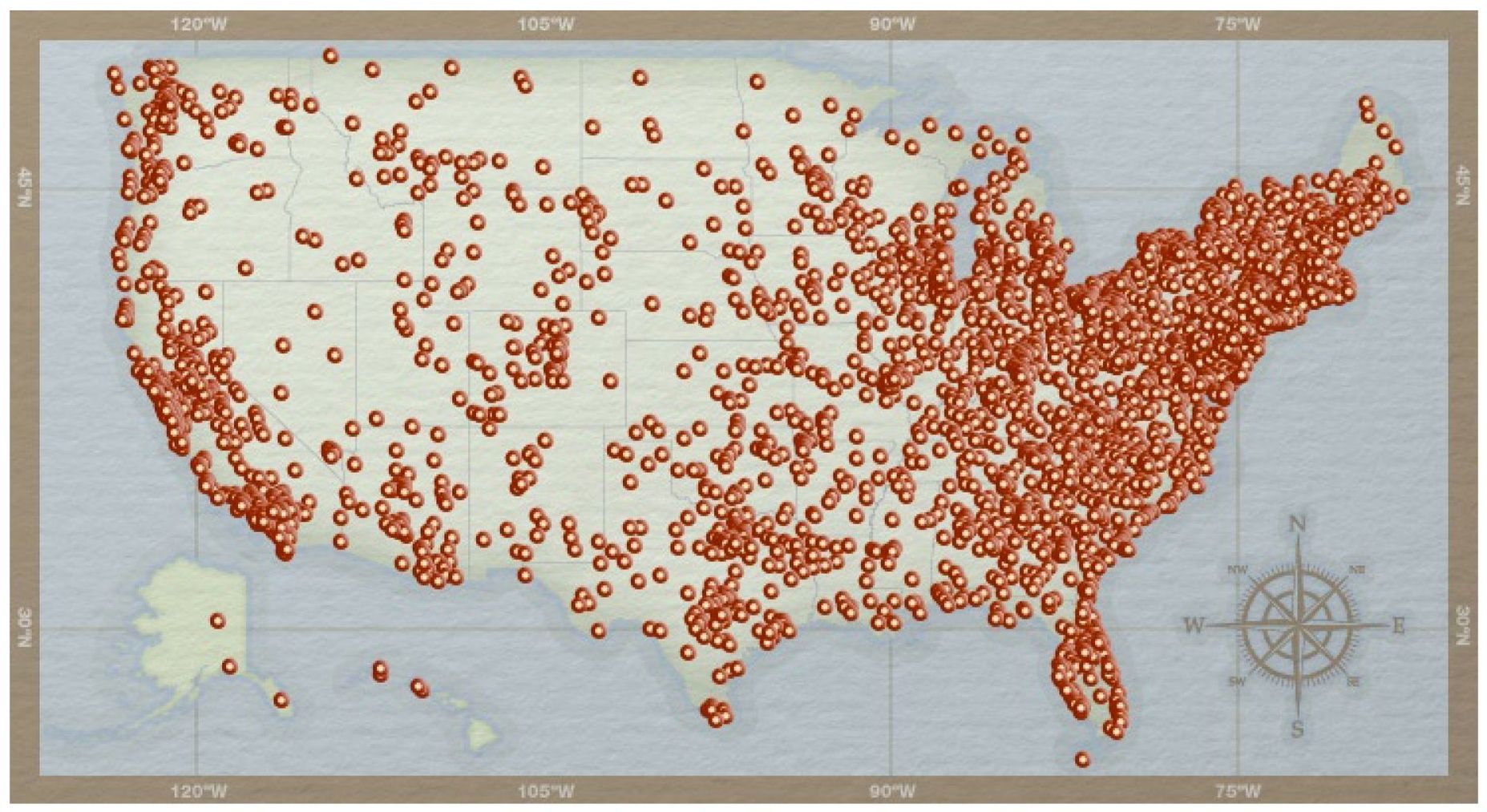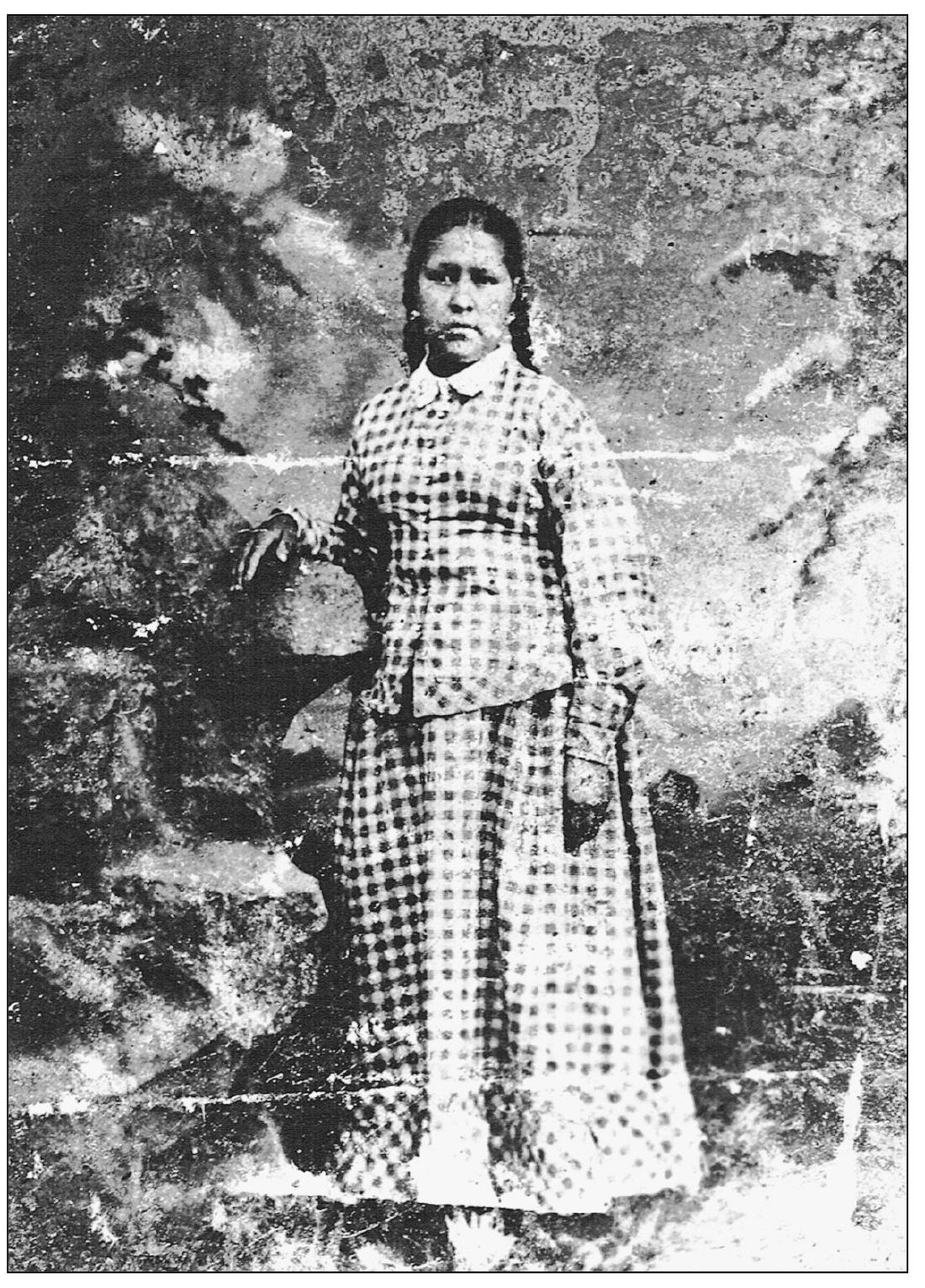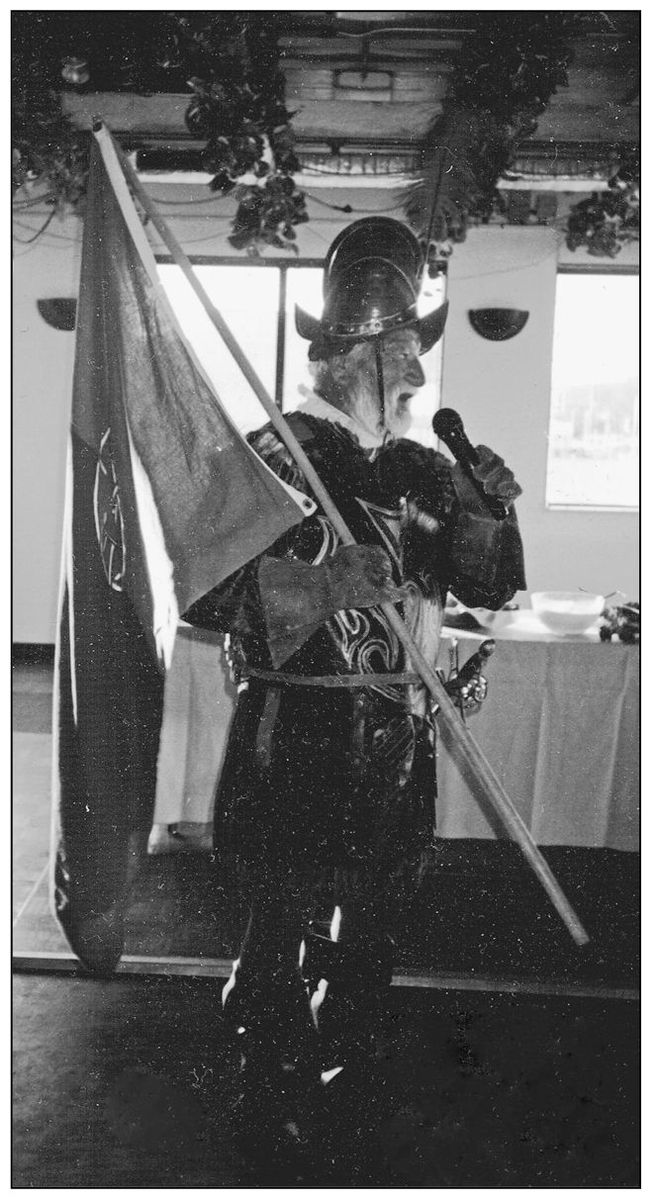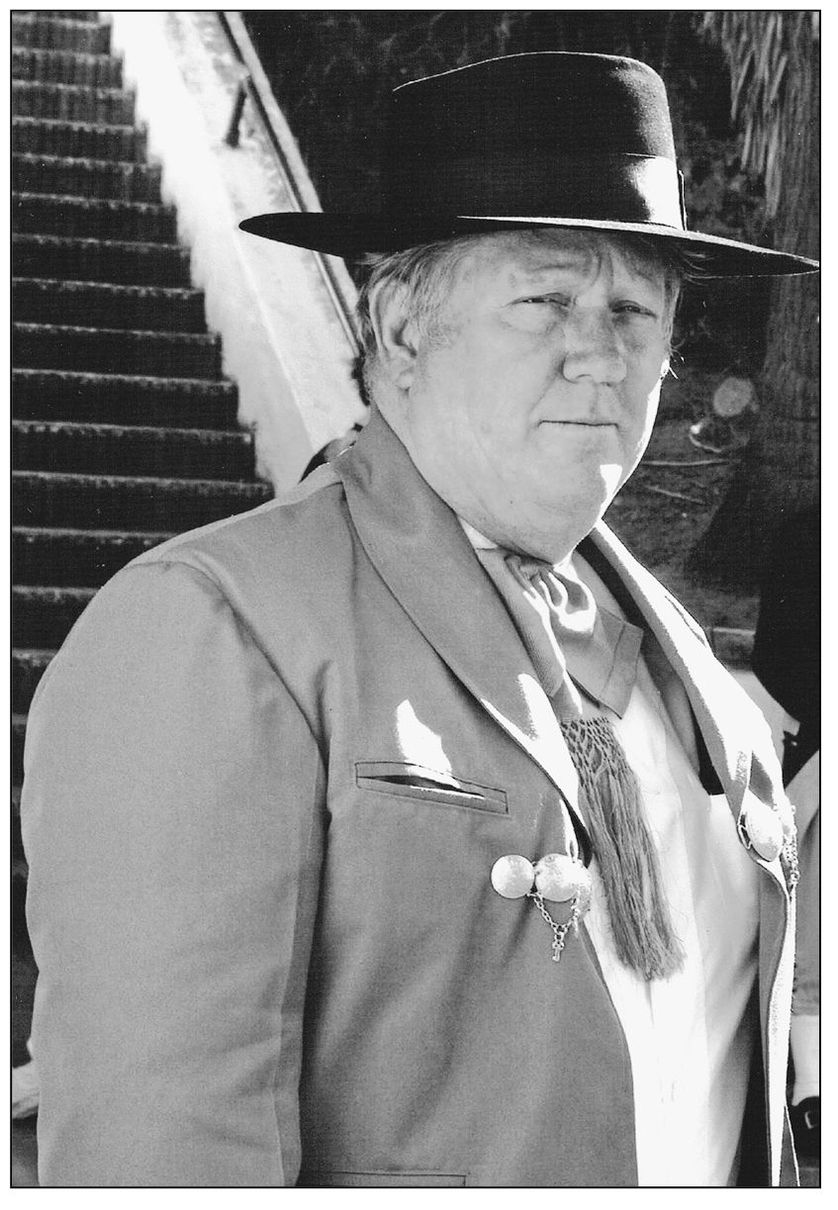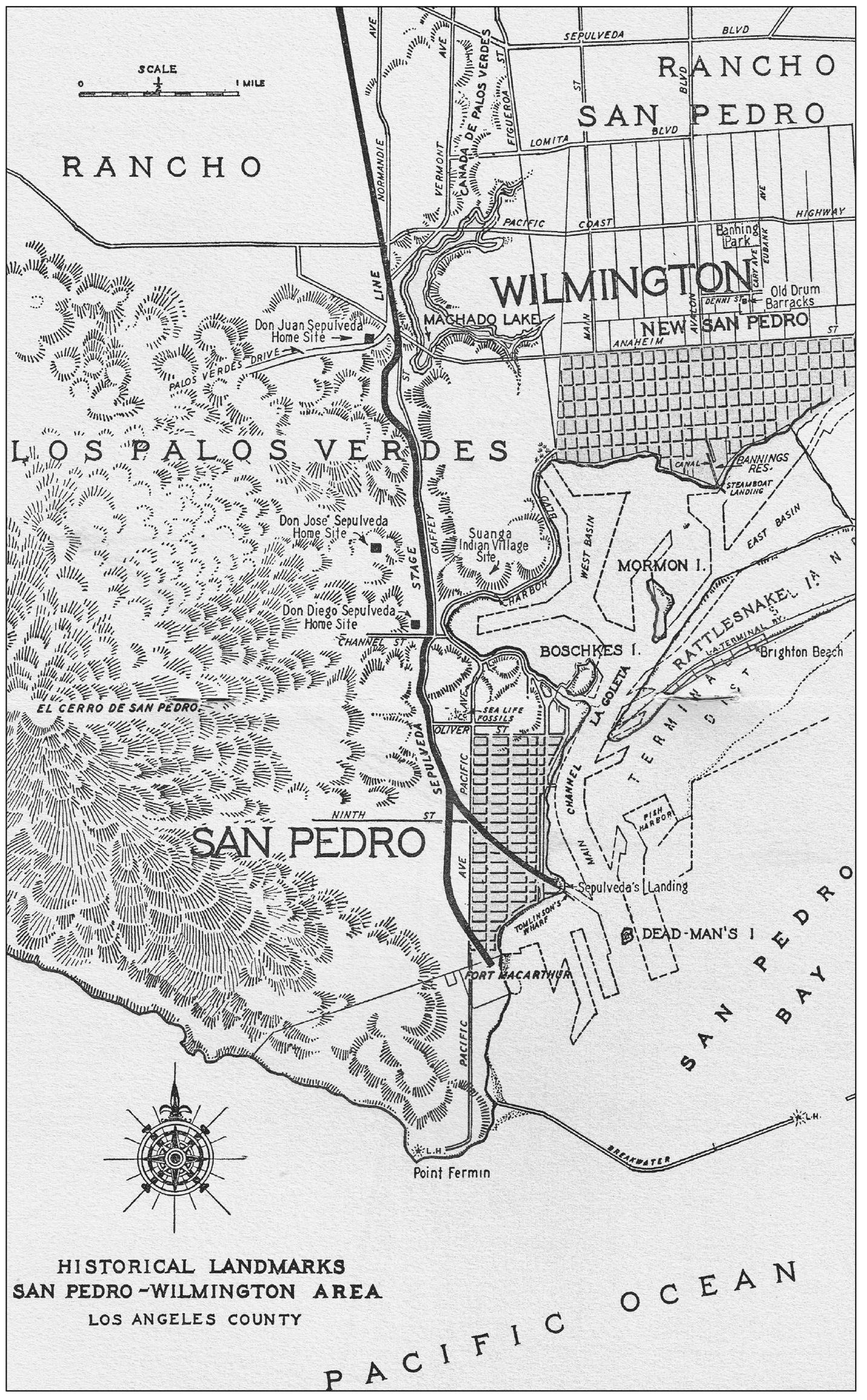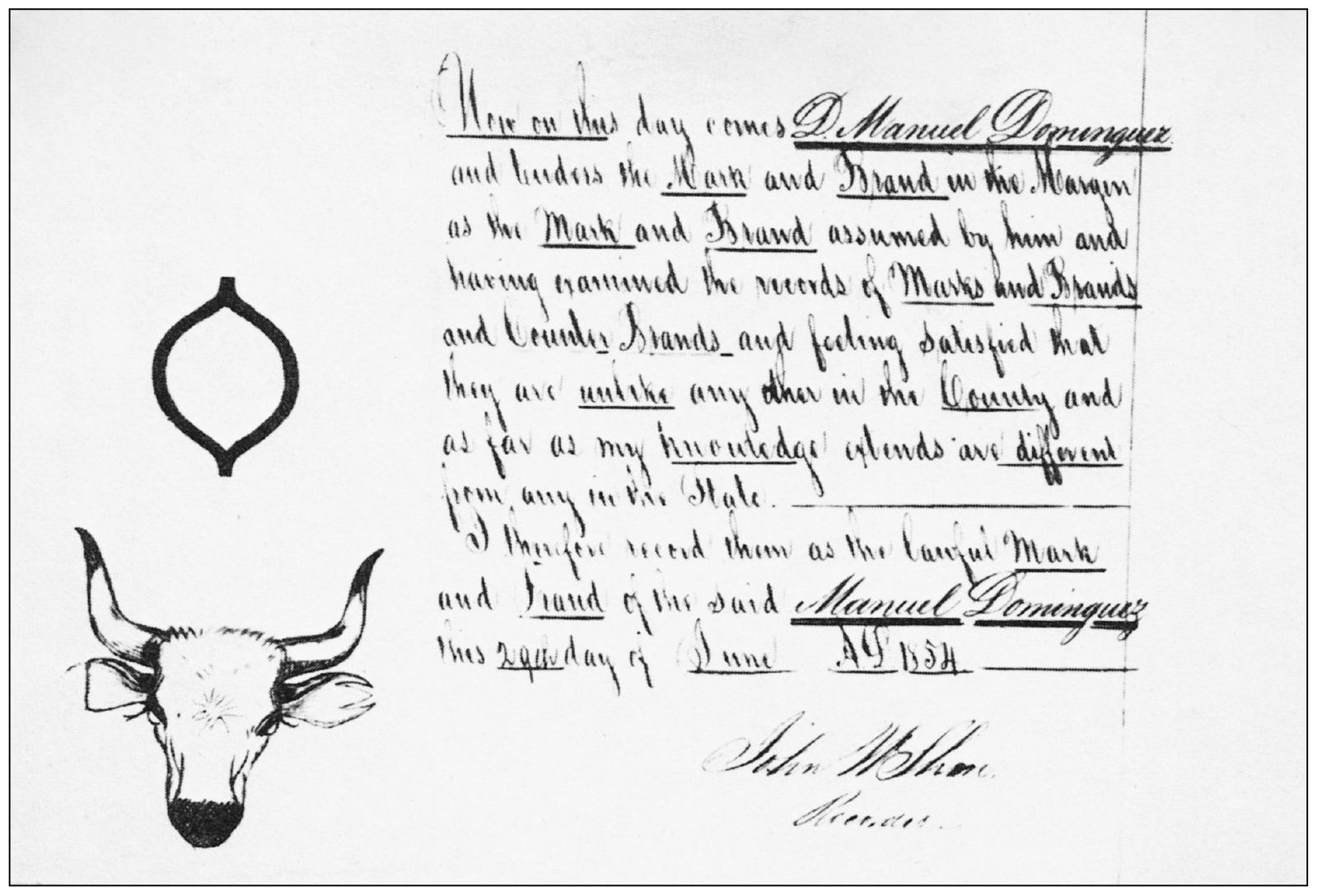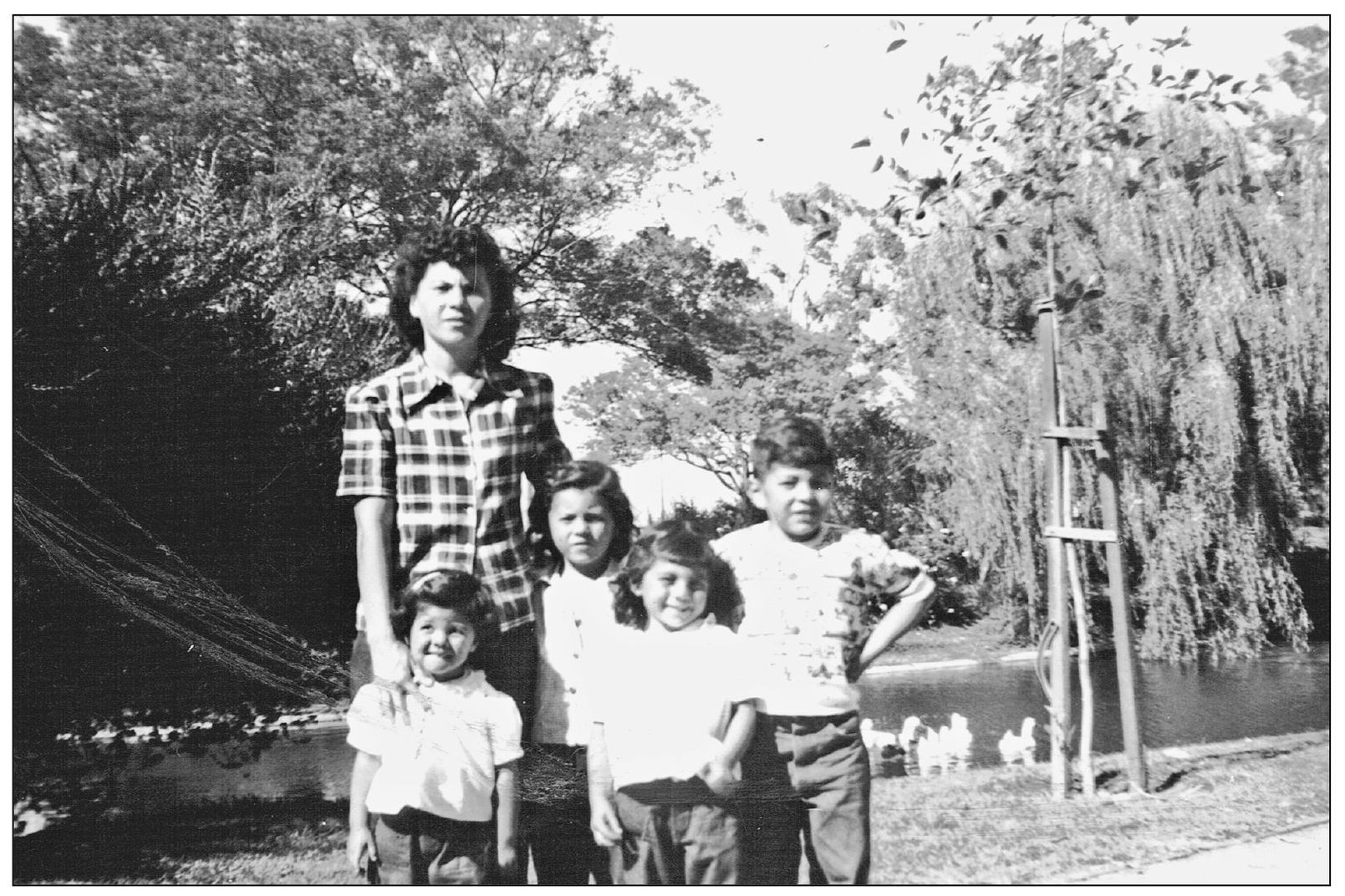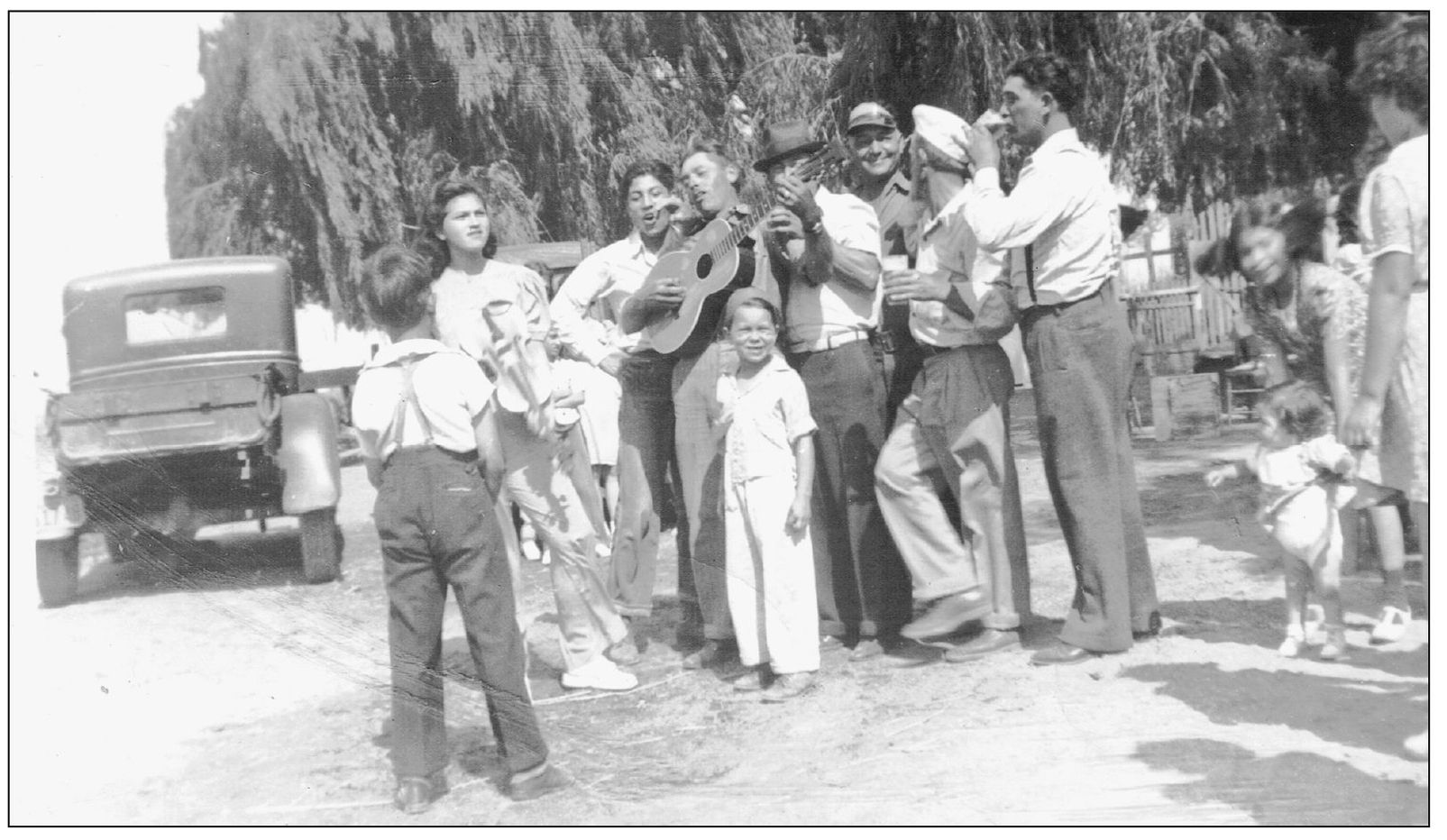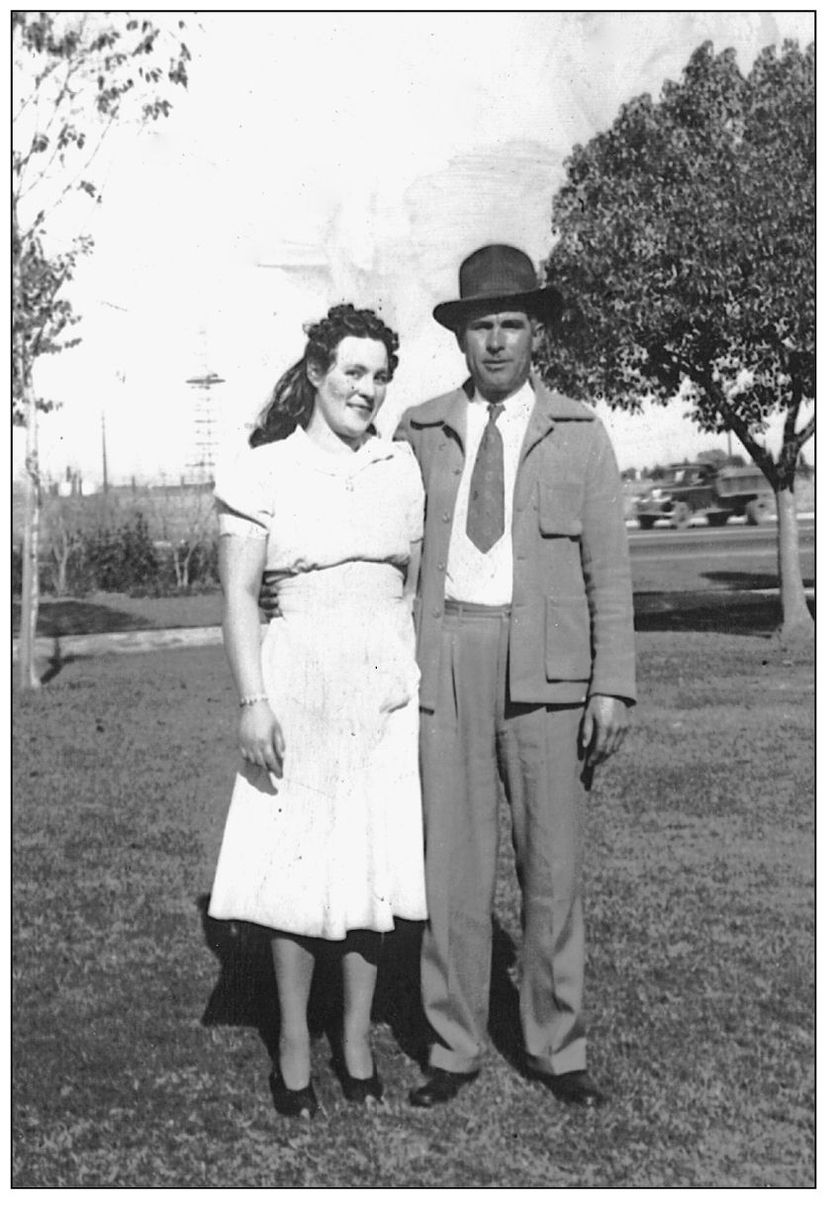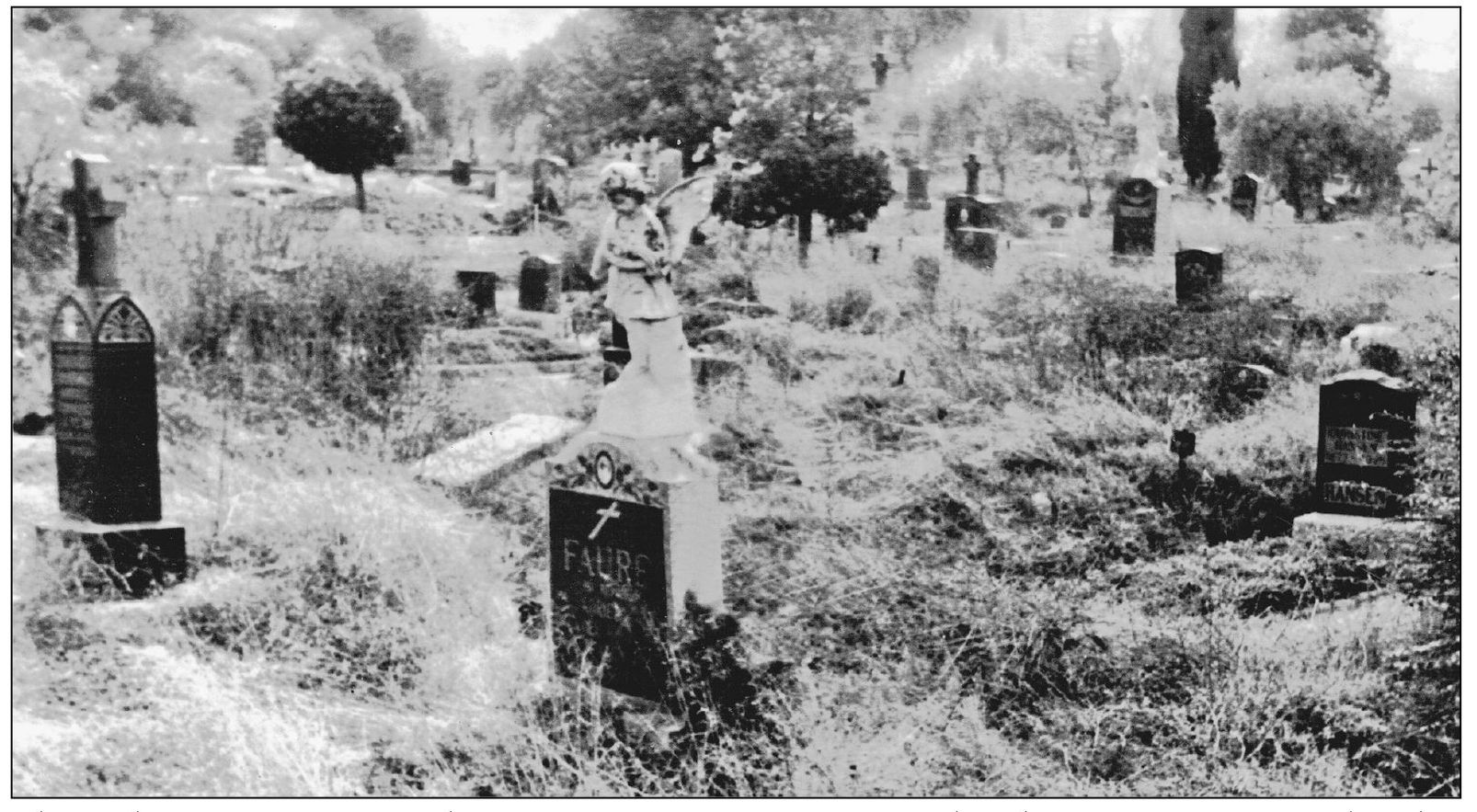ACKNOWLEDGMENTS
This book was originally inspired by people who voiced a need to document the lives, contributions, and successes of Wilmingtons early Mexican Americans. It is a monumental task. Volumes could be written on the subject, and the content of this book only begins to tell the story.
Heartfelt gratitude is extended to the many persons who opened up their hearts, homes, and albums to provide a glimpse of our past. Lost or never-taken photographs of persons, places, and events hampered the telling of a complete pictorial history; however, their stories will be told at another time and space by those inspired by this beginning effort.
This project began with friends and their families, and then friends and relatives of more families aided in providing heirloom photographs, stories, contacts, information, and their time. It has been an honor to have met and worked with so many wonderful people; sadly, it is impossible to acknowledge all those who contributed.
Special thanks to uncle Ralph Violante, who told the first stories, and to Glenn French, who provided the first image. Valuable resources were provided by Hank and Jane Osterhoudt, Wilmington Historical Society; Susan Ogle, Drum Barracks Civil War Museum; Tom Philo, California State University, Dominguez Hills, Special Archives; Anna Machado and Ron Mendez; Simie Seaman; and Alex Areyan.
Special appreciation is extended to Jerry Roberts and Scott Davis of Arcadia Publishing for their technical assistance and to Reynaldo Garay, Ph.D., and Vincent D. Perez for their friendship, encouragement, and help.
Lastly, I give thanks for ongoing support from my daughters, Marisa, Lilia, and Sofia, as well as from Paul and Chris.
Find more books like this at
www.imagesofamerica.com
Search for your hometown history, your old
stomping grounds, and even your favorite sports team.
One
A COMMUNITY EMERGES
Mexican Americans are a heterogeneous group of people. Some families can identify and are proud of their Native American heritage. Shown here around 1895 is Josefa Apodaca, a full-blooded Apache. She married Juan Rico, of Mexican heritage, whose horses were favorites of Billy the Kid and who once owned a Colt 45 belonging to the outlaw. She lived for a time at 1333 East M Street. Several descendants still live in Wilmington. The southwest area of Wilmington was once home to about 500 Suanga natives (Shoshone) who lived along the waters edge. (Carlos Rico.)
In 1542, Juan Rodriguez Cabrillo arrived at the bay, and seeing smoke from native fires, he called it Bahia de los Fumos (Bay of Smokes). John Olguin, founder of the Cabrillo Marine Museum in San Pedro, is seen here as Cabrillo, whom he portrays at historical events. The Olguin family lived for several years in Wilmington near Alameda Street. (Authors collection.)
Robert E. Smith resides in Wilmington. He is the past president of Los Pobladores 200 (The Founders 200), descendants of the founders of Los Angeles. The Pobladores traveled El Camino Real (Kings Highway) with Captain Gaspar de Portolas expedition to establish pueblos and missions for the Spanish flag. Smith is a direct descendant of Sgt. Jos Francisco de Ortega, chief scout of the expedition, and from several Spanish families of early California. He is editor of El Mensaje (The Message), a publication of Los Pobladores . He is shown wearing the dress uniform of a Spanish lieutenant. (Robert E. Smith.)
Wilmington sits on former Rancho San Pedro land. This early map shows historical landmarks and changes to the harbor as of 1937. (Wilmington Collection/Los Angeles Public Library.)
Rancho San Pedro was the land grant of Manuel Dominguez. In June 1854, he registered the cattle brand shown. The primary business of the rancho was cattle raising. The vaqueros (cowboys) and most of the farm laborers were Native Americans or of Mexican ancestry. In 1857, Phineas Banning purchased 2,400 acres from Dominguez and began building what was to become Wilmington. (Los Angeles County Recorder.)
Rancho life inspired Spanish music and dance. This c. 1950 album cover shows Mike Violante as a flamenco dancer, and his castanets are heard accompanying the music. Violante performed professionally, including at the Ramona Pageant in Hemet, California. The play is based on the romanticized and racially sensitive novel Ramona , a tale about a rancho owners daughter who falls in love with Alessandro, a Native American. (Authors collection.)
In 1948, Anna Marie Mendez stood with her children at Banning Park as the ducks clustered on the creeks bank. Pictured with their mother, from left to right are (first row) Anna Marie and Rebecca; (second row) Rosalie and George. A descendant of Ignacio Machado, landholder of a Spanish grant, Anna Marie lived with her young children in Wilmington and was raised on the family farm on Wilmington Avenue. (Anna Mendez.)
Machado family members visit Jos Dolores Sepulvedas descendants, another family from the rancho days, for an afternoon of entertainment. Nearby, Machado Lake is named after Antonio Machado, son of Jos Manuel Machado, who came to help establish missions and settlements. (Anna Mendez.)
Jose Gallegos and Magdalena Parma married in 1933. They lived most of their lives in Wilmington, where they raised six children. Magdalena was a descendant of Old Town San Diegans and daughter of Petra Crosthwaite, who was of the founding San Diego familiesCrosthwaite, Gilbert, and Machado. Jose came from Michoacan and worked at both Blinn and Consolidated lumberyards. (Otila Sorenseene.)

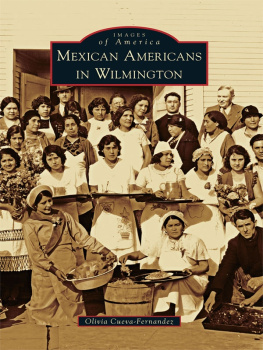

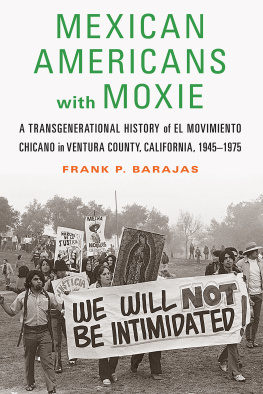
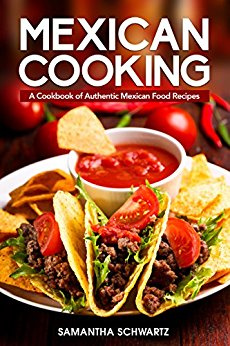
![Avery Moore - Mexican Cookbook 365: Tasting Mexican Cuisine Right In Your Little Kitchen! (Best Mexican Cookbook, Mexican Dessert Cookbook, Slow Cooker Mexican Cookbook, Mexican Salsa Cookbook) [Book 1]](/uploads/posts/book/288399/thumbs/avery-moore-mexican-cookbook-365-tasting-mexican.jpg)

